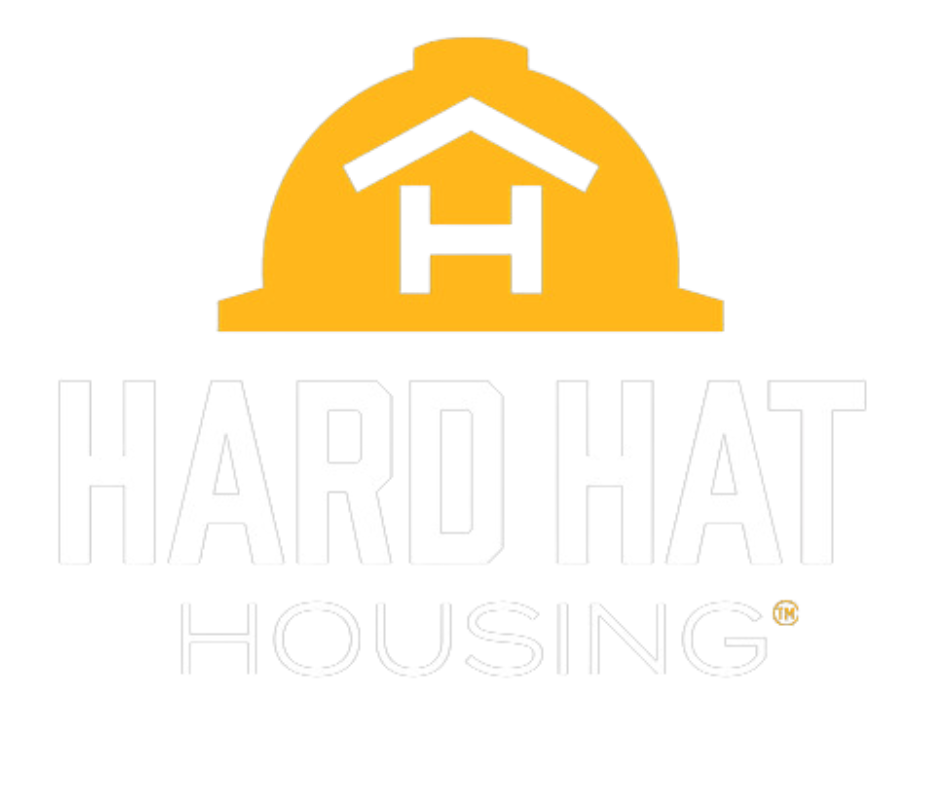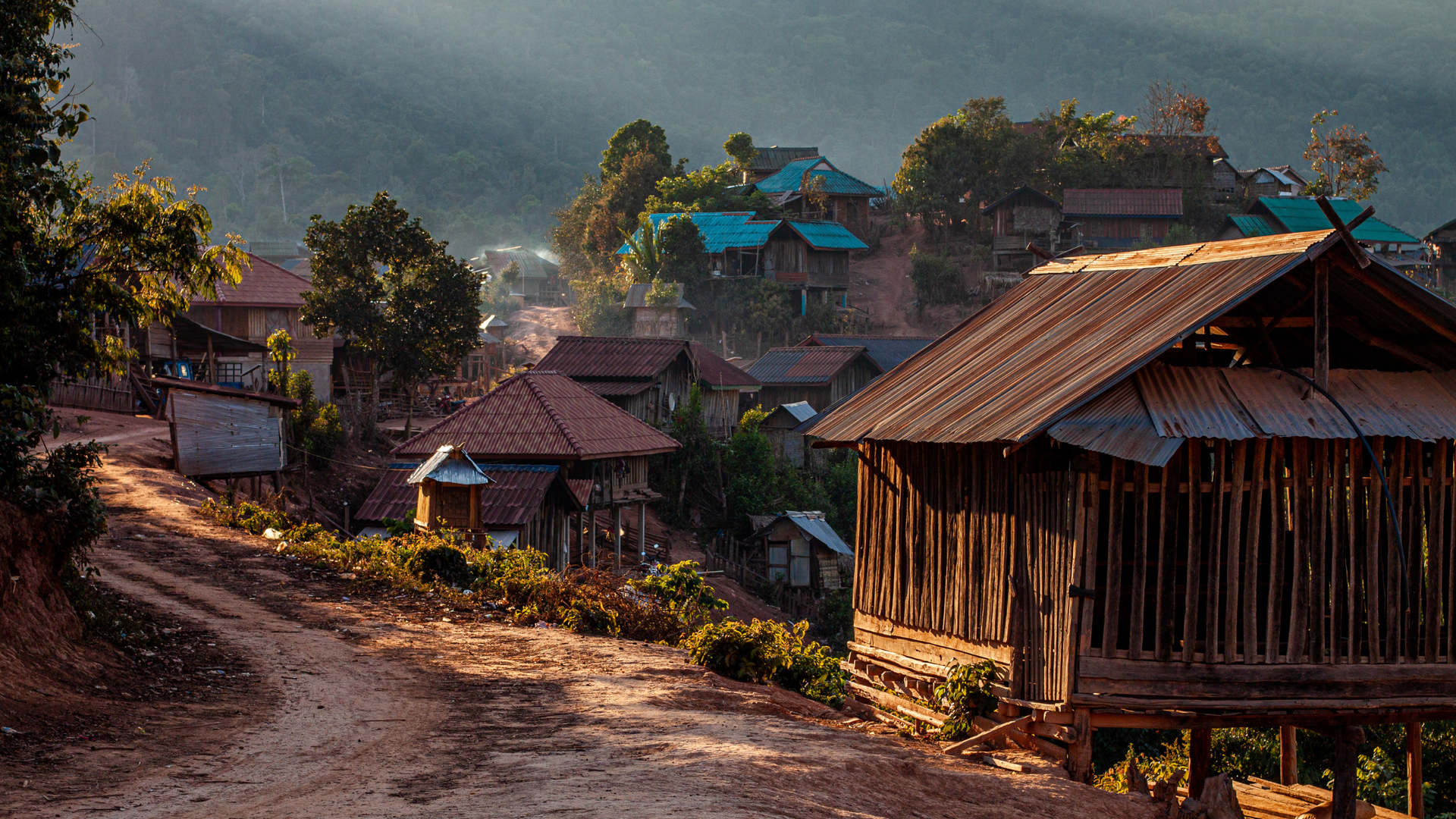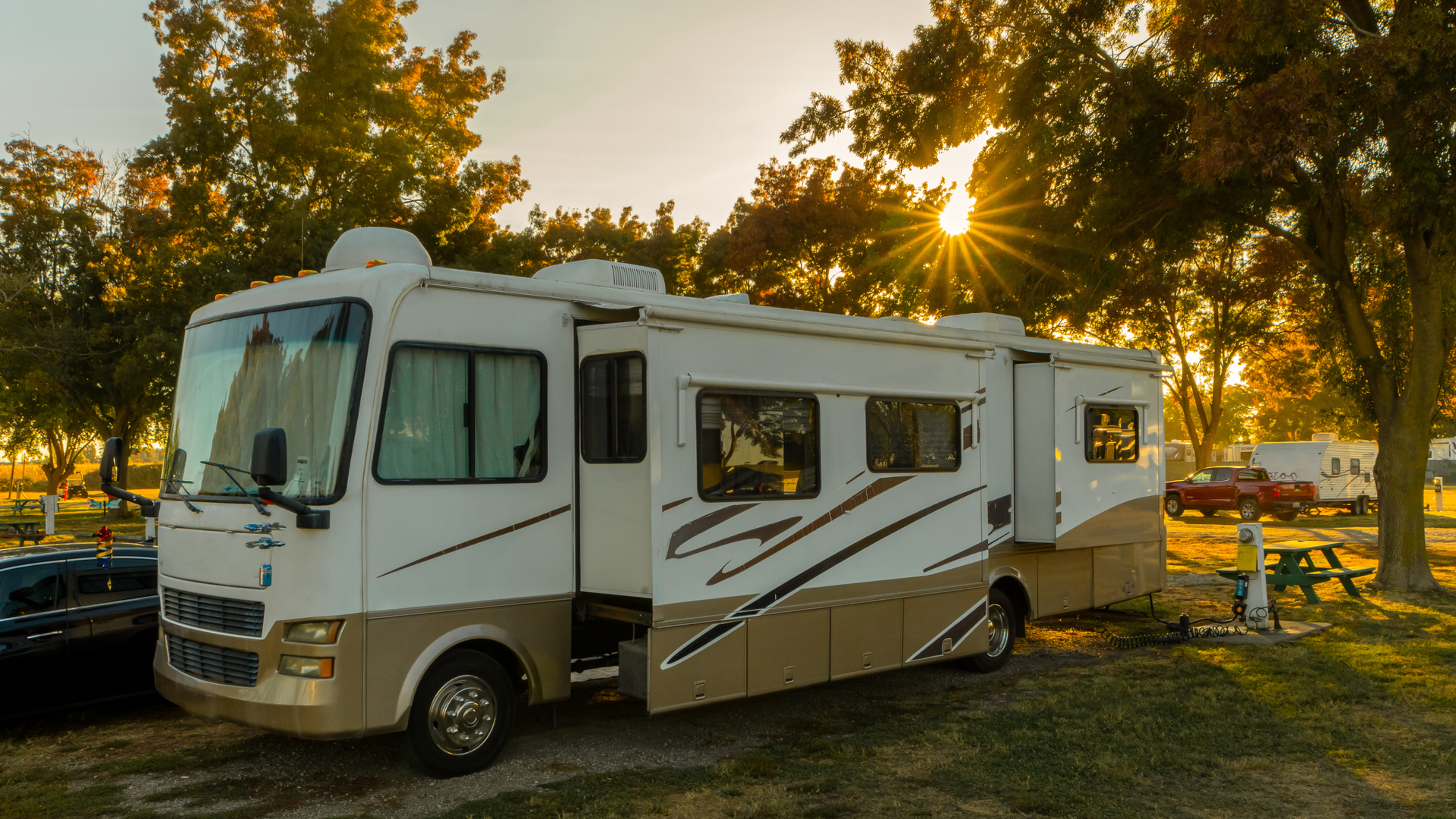Crew Housing “Packages” Are a Lie—Here’s the Truth
Disclaimer: This article references tax rules and mileage rates, it is provided for general information only. Hard Hat Housing does not provide legal, financial, or tax advice. Always consult qualified professionals for guidance specific to your situation.
If you manage traveling crews, you’ve seen the pitch: a “crew housing package” that promises discounts, easy booking, and consolidated billing. The sales deck is slick, the numbers look tidy, and the vendor swears you’ll “save up to” a big percentage. Yet once boots are on the ground, those packages often unravel—usually in the places and moments that matter most to construction teams. This article unpacks why that happens, what hidden costs are routinely ignored, and how to build a housing plan that actually cuts spend while helping crews do their best work.
What vendors really sell when they sell a “package”
Most “crew housing packages” come from business‑travel platforms and lodging networks. They market pre‑negotiated hotel rates, and 24/7 support—sometimes with splashy rebrands, app rollouts, and social posts about group room blocks and “fast” rate quotes. For example, Hotel Engine rebranded to
Engine in late 2024 to push an all‑in‑one business travel platform, highlighting hotel savings, group booking and controls; their own news page and coverage confirm the repositioning. On social, Engine promotes rapid group blocks and “save up to” claims—exactly the promises that hook overextended project teams.
Corporate lodging cards make similar claims: pre‑negotiated networks, controls, and “try it free” offers across Facebook and marketing pages. That message is consistent with Corpay Lodging’s own posts and product blurbs. The problem isn’t the tools. It’s that the realities of hotel pricing, taxes, incidentals, food, and site logistics rarely match the neat math in the package.
Hidden cost #1: dynamic pricing and blackout dates
Hotels don’t live in a fixed‑rate world anymore. Rate parity is loosening, and dynamic pricing—constant, demand‑driven rate changes—is the norm. Even enterprise travel sources and hotel tech vendors say static corporate rates are giving way to dynamic price caps and rolling negotiations to keep up with volatility. That means your “discount” can turn into a higher‑than‑expected nightly rate the week a trade show or concert hits town, or when local demand spikes near your project.
This isn’t theoretical. STR/CoStar’s forecast for 2024–2025 has emphasized incremental ADR and RevPAR growth in a still‑tight supply picture—translating into rate stickiness and fewer true bargains in many markets. Packages can’t suspend market forces, and they don’t change what’s running in the hotel’s revenue management system.
Hidden cost #2: taxes and fees most packages ignore
Transient occupancy and related hotel taxes can add double‑digit percentages to “discounted” rates, and long‑stay exemptions often require specific paperwork or notice—details that fall between the cracks when teams rely on generic packages. In Los Angeles County, for instance, guests staying over 30 days can qualify for a TOT exemption only if the right form is completed within the first 30 days; skip that step and you’ll pay the tax anyway. Texas likewise recognizes a 30‑day “permanent resident” rule, but travelers must meet strict consecutive‑day and interruption conditions (or give notice) for the exemption to apply.
Cities also enforce short‑term rental taxes and permits. San Francisco applies a 14% TOT to short‑term stays, while other municipalities have added permitting and HOT compliance for STRs—costs and risks that aren’t magically erased by a “package” label.
Hidden cost #3: incidentals and holds that hit workers’ wallets
Most hotels put a temporary authorization hold on a card at check‑in to cover incidentals or damages. Even when you’ve arranged “direct bill,” crews are frequently asked for personal cards at the front desk, with holds that vary from $25 per night to $200 per night at some properties—tying up credit and generating friction with field staff. This isn’t rare; it’s standard policy across the industry. Front‑desk practitioners on Reddit regularly advise travelers to confirm authorizations in advance, because unless a hotel has a full credit‑card authorization on file from the company, a personal card is usually required at check‑in.
Billing itself can go sideways. The Better Business Bureau’s public complaint log for CLC/Corpay includes recent cases where quoted rates and final bills diverged or where account issues created on‑property confusion—exactly the sort of post‑stay surprises PMs try to avoid.
Hidden cost #4: location, commuting, and meals
Packages tend to optimize for “available rooms” inside their networks, not for job‑site proximity, kitchens, or laundry. The result: “savings” on the nightly rate get erased by long, daily commutes and constant dining out. Start with the commute math. The IRS standard mileage rate for 2025 is $0.70 per mile; a 50‑mile round‑trip commute costs about $35 per day, roughly $175 per week or $700 in a four‑week stretch—before you factor in the lost rest and added risk.
Then consider food. Eating out has outpaced groceries again in 2025: the “food away from home” index rose 3.9% year over year through August, according to BLS. A kitchen in crew housing changes that equation, letting teams cook instead of paying restaurant prices night after night. USDA’s “Thrifty Food Plan” puts a typical weekly grocery cost for an adult male 20–50 at about $71.50 (female $57.20), a rough proxy for cooking at home that works out to just a few dollars per meal. The difference between that and daily restaurant tabs adds up fast across a multi‑month project.
The reliability problem: what breaks during long stays
Extended projects need stays that don’t fall apart mid‑month. Yet short‑term rental platforms and even hotels can still trigger mid‑stay disruptions. Airbnb’s own help pages state that hosts must cancel if a listing becomes uninhabitable; guests can receive refunds in “major disruptive events,” and hosts can also cancel for certain valid reasons—policies designed for fairness, but brutal when you’re trying to house crews with deadlines. In 2025, Airbnb also overhauled cancellation rules to guarantee guests at least 50% refunds for 7–30‑day‑out cancellations and to phase out the Strict policy for most hosts, further shifting risk dynamics for longer bookings. For crews, that means more variability to manage.
Real hosts say the quiet part out loud: for 28‑night‑plus stays, Airbnb often collects in monthly installments, and guests can cancel mid‑stay with a penalty equal to the next 30 days—leaving the remainder refunded. That can strand a team if the housing you depended on is suddenly gone. Meanwhile, the hotel side has its own failure modes: front‑desk overrules, overbookings, mistaken holds, and rate changes that show up on the back end. Public BBB cases underscore that billing mismatches and account misfires do happen.
So what actually works for housing construction crews?
Prioritize near‑site, home‑like stays over “network availability.” Even a modest rate premium often pays for itself in commute savings, rest, and productivity. Long commutes reduce recovery time and can feed fatigue—something safety organizations continue to flag as a risk factor for injuries and incidents.
Insist on kitchens, laundry, and private bedrooms when possible. Extended‑stay hotels did post lower ADRs than the hotel average in recent STR snapshots, but many still lack the space and privacy that crews need. For multi‑month work, furnished houses or multi‑bedroom apartments with kitchens quite literally change the cost structure on food and morale.
Engineer tax compliance into your booking strategy. If your project will exceed 30 nights, set it up that way from day one and complete any city or county exemption forms on time. In places like LA County and the State of Texas, missing those steps can make the first 30 nights taxable even when the stay ultimately qualifies—money you never get back.
Eliminate incidental‑hold surprises. Require written confirmation from properties that all charges—including deposits and incidentals—are covered by your corporate authorization, or use accommodations that don’t require personal cards at check‑in. Hotels commonly hold $25–$200 per night otherwise, which ties up employee credit and triggers complaints.
Plan for cancellation volatility. If a package relies on marketplace hosts, know the exact mid‑stay cancellation and refund rules and keep a contingency list of backups that are close to the site and set up for crews. Airbnb’s 2025 policy changes tilt toward guest flexibility; your recovery plan has to account for that.
A crew‑first alternative to “packages”
Our approach at Hard Hat Housing is the opposite of network‑first booking. We start with the job site and the scope of work, then source properties that are close, furnished, and practical: private rooms where possible, full kitchens, laundry, utilities, and Wi‑Fi—at an all‑in monthly price that typically saves 25–35% compared to hotels when you include taxes, incidentals, food, and commute costs. We also provide a single monthly invoice and 24/7 support so PMs aren’t stuck solving housing at midnight.
If you’ve been burned by “package” promises, this is likely why: the platform optimized for rate and inventory in its network, not for the operational realities of construction work. Our recent guides explain what to look for in crew housing—proximity, adequate space, sleep‑friendly setups—and how to avoid common pitfalls that inflate costs and sap morale. We specialize in placements “actually near the site,” with flexible terms that let you extend or adjust without uprooting crews mid‑project.
A 15‑minute checklist to test any “package”
Use these questions to separate marketing from reality before you sign:
- How close are the actual units to the job site? Ask for addresses, drive‑time estimates in normal traffic, and backups if your first choice falls through. Then price the commute using the current IRS mileage rate to see the real weekly cost.
- What’s the kitchen and laundry setup? If the answer is “mini‑fridge and microwave,” assume crews will spend restaurant money most nights. Compare that to a grocery‑and‑cook plan using USDA’s published weekly figures for a sanity check.
- Who eats incidental holds? Get in writing whether personal cards are required at check‑in and the exact hold amount per night. If the solution can’t eliminate holds, it’s not crew‑friendly.
- What happens if a stay is canceled mid‑project? Document the platform’s current cancellation rules for 28‑night‑plus stays and confirm backup inventory that’s truly near the site. Airbnb’s 2025 changes make this step non‑negotiable.
- Are long‑stay tax exemptions handled proactively? Confirm who completes local forms and when. If the vendor shrugs, budget for full taxes on the first 30 nights (or more) in many jurisdictions.
- Is the nightly rate actually stable? Ask how dynamic pricing and blackout dates are handled across your timeline. If the answer is “it depends,” expect swings.
“Crew housing packages” aren’t a conspiracy—they’re just designed for a travel problem, not a construction problem. They prioritize easy booking, broad networks, and rate optics. Construction projects prioritize proximity, stability, cooking and laundry, and a calm, consistent place to sleep after long shifts. When you price in dynamic hotel rates, taxes, incidentals, commute mileage, and restaurant spending, the gap between a neat package and real‑world total cost can be massive. If you reframe the goal as
near‑site, home‑like housing with predictable costs and zero mid‑stay surprises, you’ll protect margins and your people.
Need crew housing that’s close to the site, stable, and all‑inclusive?
Contact us—our team will source the right homes, handle the details, and send one clear invoice.













